We left our hotel at approximately 7:30 to drive across Santa Cruz to get to the boat we would take to South Plaza. We had taken our seasickness pills and were ready for the trip. This was a key to our continued happiness in the Galapagos. Sunblock and lots of water are the rest of the formula.
Off the east coast of Santa Cruz there are two small crescent-shaped islands. Only South Plaza has a visitor site, however, as North Plaza is only used for research purposes.This again shows the great care the Ecuadorian government takes to protect the Galapagos Islands while giving controlled access to tourists.
Although South Plaza is a small island, it is home to a wide variety of species and is famous for its extraordinary flora, especially the beautiful succulent Sesuvium, which changes from bright green in the rainy season to red, orange and purple during the dry season. We were there in the dry season and saw it in its colorful form with abundant prickly pear cactus trees (Opunta cacti) growing in the same area. With the turquoise water, white sand and black volcanic rock, the effect is beautiful.
South Plaza is also home to a large colony of sea lions, marine and land iguanas and marine birds.
Sally Lightfoot crabs add a dash of color as they scramble over the black lava rocks. There are two things to remember as you tour the island. First, stay on the trail. This is easy to do as it is well-marked. In any case you will always be with a guide as you are not allowed on the island without one. Secondly, be careful not to step on an iguana.
These animals have no fear of humans so you may have to literally step over an iguana which has chosen to sun itself on the path. The sea lions are quite playful and have been known to make it difficult to land. The trail gradually follows the tilt of the island to the cliffs that overlook the ocean to the south.
Compared to Floreana the conservation issues on South Plaza are small. According to the Galapagos Conservancy introduced mice were responsible (at least in part) for the decline in the cactus population, an important food source for land iguanas. Although the mice were eradicated in late 2012, an ongoing challenge is the long-term restoration of the cactus forest while maintaining a healthy land iguana population.
This island is full of life. There are colonies of sea lions and land iguanas. On the steep banks it is possible to see a great number of birds such as nesting tropic birds and fork-tailed seagulls. You can enjoy the view from the steep banks or stroll along the base of the cliff.
South Plaza Island
Sunday, February 09, 2014
 Puerto Ayora, Galapagos Islands, Ecuador
Puerto Ayora, Galapagos Islands, Ecuador
Other Entries
-
1Ups and downs
Feb 054 days prior Quito, Ecuadorphoto_camera2videocam 0comment 1
Quito, Ecuadorphoto_camera2videocam 0comment 1 -
2Quito: World Heritage Site
Feb 063 days prior Quito, Ecuadorphoto_camera40videocam 0comment 0
Quito, Ecuadorphoto_camera40videocam 0comment 0 -
3The Glory that is the Galapagos.
Feb 072 days prior Santa Cruz, Ecuadorphoto_camera24videocam 0comment 0
Santa Cruz, Ecuadorphoto_camera24videocam 0comment 0 -
4Floreana Island and its Recovery
Feb 081 day prior Floreana, Ecuadorphoto_camera41videocam 0comment 0
Floreana, Ecuadorphoto_camera41videocam 0comment 0 -
5South Plaza Island
Feb 09 Puerto Ayora, Ecuadorphoto_camera28videocam 0comment 0
Puerto Ayora, Ecuadorphoto_camera28videocam 0comment 0 -
6Santa Fe
Feb 101 day later Galapagos, Ecuadorphoto_camera18videocam 0comment 0
Galapagos, Ecuadorphoto_camera18videocam 0comment 0 -
7Charles Darwin Research Center
Feb 112 days later Santa Cruz And Isabella, Ecuadorphoto_camera51videocam 0comment 0
Santa Cruz And Isabella, Ecuadorphoto_camera51videocam 0comment 0 -
8Dave climbs Sierra Negra
Feb 123 days later Isabela, Ecuadorphoto_camera48videocam 0comment 0
Isabela, Ecuadorphoto_camera48videocam 0comment 0 -
9A Tortoise Stampede
Feb 123 days later Isabela, Ecuadorphoto_camera73videocam 0comment 0
Isabela, Ecuadorphoto_camera73videocam 0comment 0 -
10Los Tuneles
Feb 134 days later Isabela, Ecuadorphoto_camera33videocam 0comment 0
Isabela, Ecuadorphoto_camera33videocam 0comment 0 -
11A long travel day.
Feb 145 days later Quito, Ecuadorphoto_camera5videocam 0comment 0
Quito, Ecuadorphoto_camera5videocam 0comment 0 -
12The Market in Otavalo
Feb 156 days later Otavalo, Ecuadorphoto_camera16videocam 0comment 0
Otavalo, Ecuadorphoto_camera16videocam 0comment 0 -
13Cold and High
Feb 167 days later Cotopaxi, Ecuadorphoto_camera63videocam 0comment 0
Cotopaxi, Ecuadorphoto_camera63videocam 0comment 0 -
14Reaching the Lodge
Feb 178 days later Cuyabeno, Ecuadorphoto_camera40videocam 0comment 0
Cuyabeno, Ecuadorphoto_camera40videocam 0comment 0 -
15Sendero Palma Roja
Feb 189 days later Cuyabeno, Ecuadorphoto_camera53videocam 0comment 0
Cuyabeno, Ecuadorphoto_camera53videocam 0comment 0 -
16Siona Coummunity of Puerto Bolivar
Feb 1910 days later Cuyabeno, Ecuadorphoto_camera86videocam 0comment 0
Cuyabeno, Ecuadorphoto_camera86videocam 0comment 0 -
17Canoeing in Laguna Canangueno
Feb 2011 days later Cuyabeno, Ecuadorphoto_camera49videocam 0comment 0
Cuyabeno, Ecuadorphoto_camera49videocam 0comment 0 -
18Hazardous travel to the bridge
Feb 2112 days later Quito, Ecuadorphoto_camera7videocam 0comment 0
Quito, Ecuadorphoto_camera7videocam 0comment 0

 Puerto Ayora, Galapagos Islands, Ecuador
Puerto Ayora, Galapagos Islands, Ecuador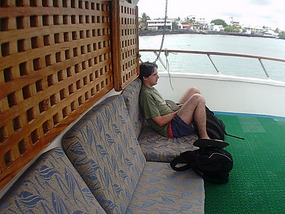
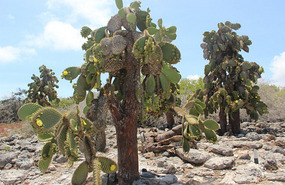
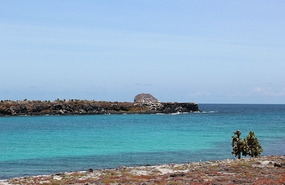
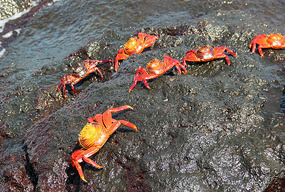
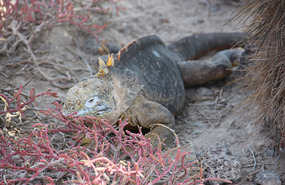

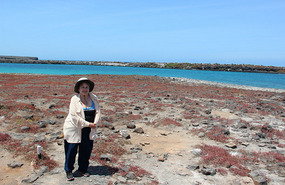












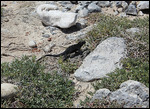



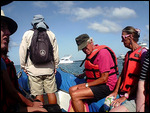
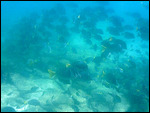

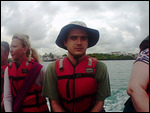
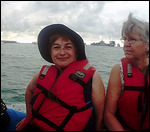
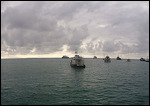
2025-05-22